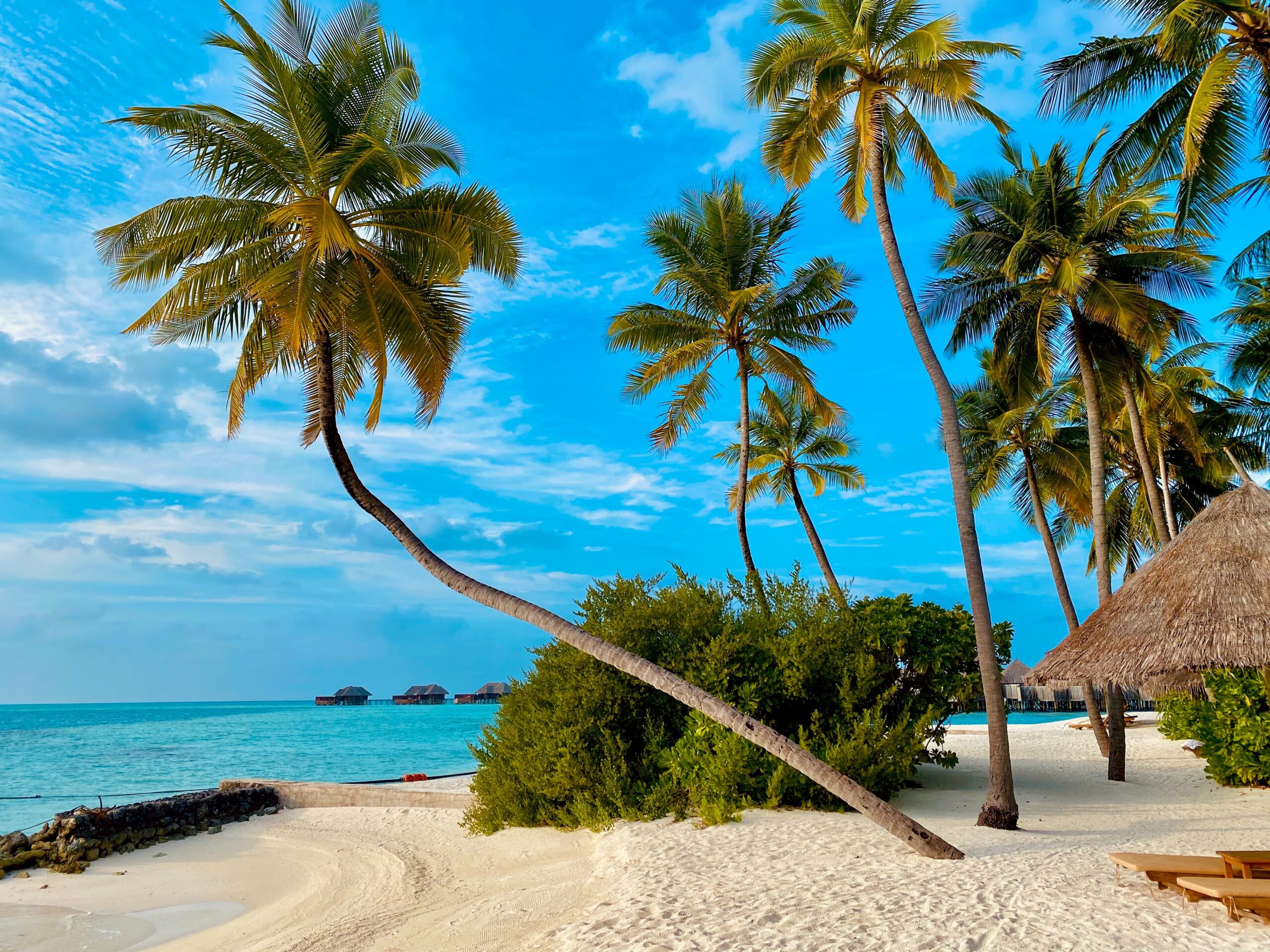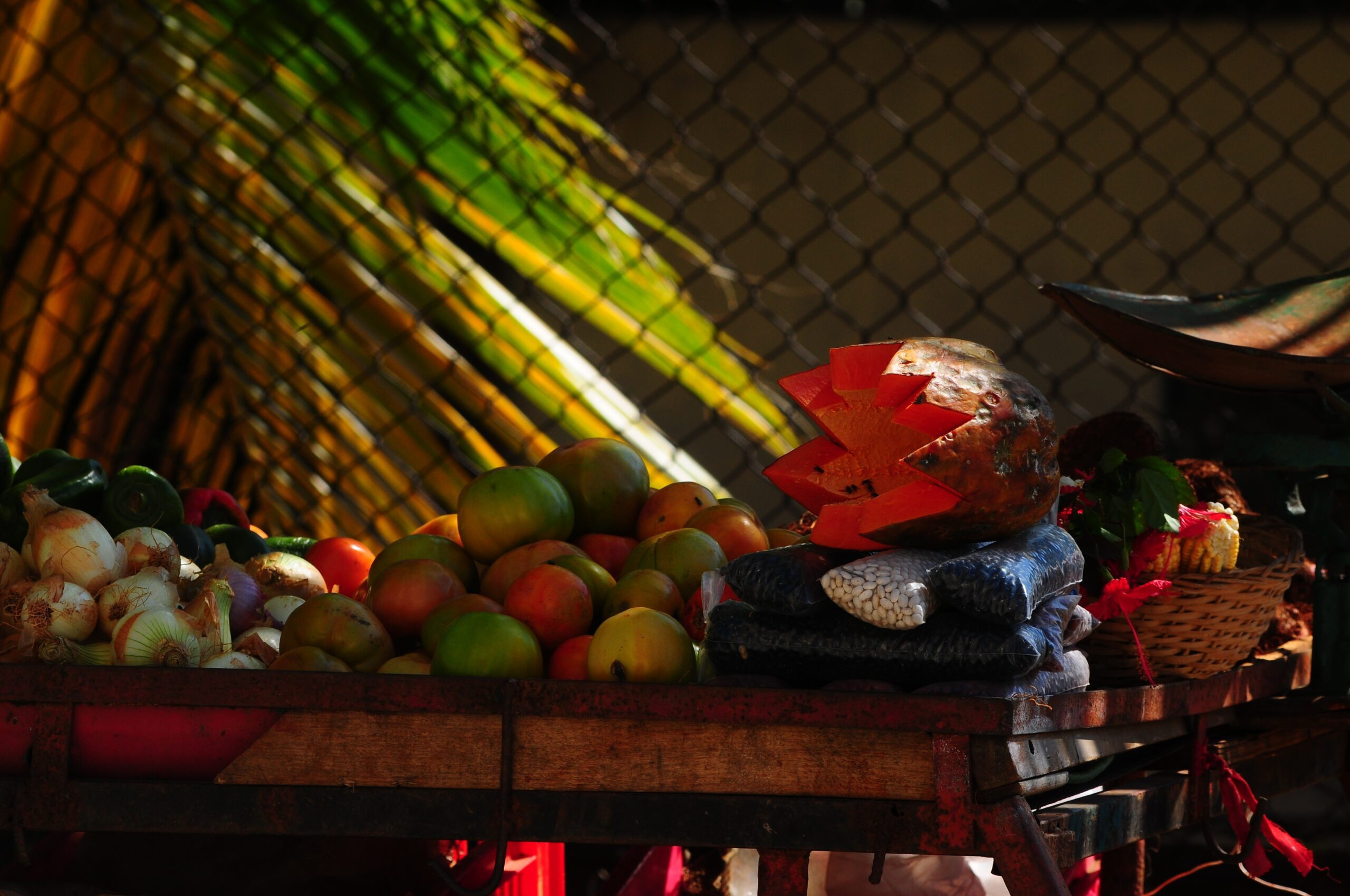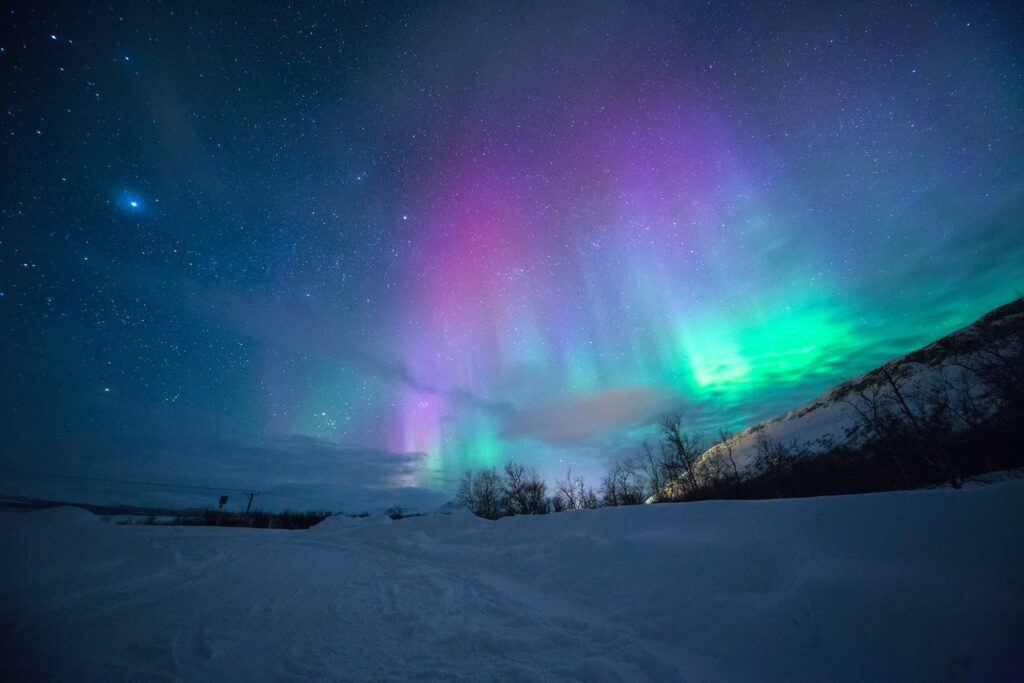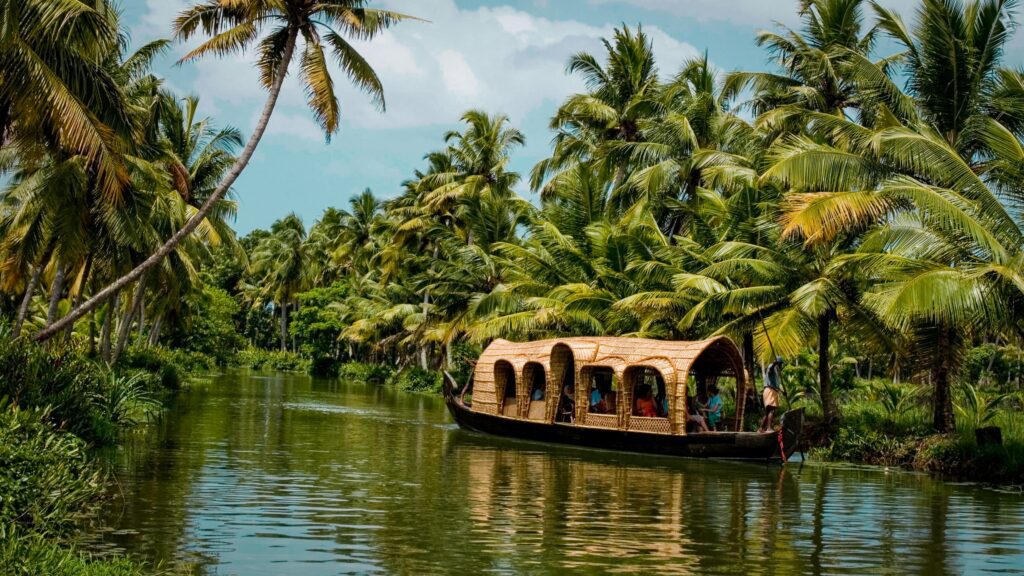Beach Bumming Getaway: Uncovering Some of Asia’s most Stunning Seaside Gems
Are you craving a tropical escape filled with sun, sand and sea? Look no further than Asia’s stunning coastline! From pristine white sands to crystal clear waters teeming with marine life, the region boasts some of the world’s most beautiful beaches. So grab your beach bag and join us as we uncover some of Asia’s hidden seaside gems that are waiting to be explored on your next beach bumming getaway!
What are some of the best beaches in Asia?
When it comes to beach bumming, Asia is a continent filled with beautiful sedimentary gold. Whether it’s the pristine stretches of Vietnam’s Da Nang Bay or Thailand’s idyllic Pattaya Beach, Asia offers up some of the world’s finest coastline. But there are also some lesser-known gems that deserve your attention. Here are six must-see Asian beaches:
1) Hua Hin, Thailand
Hua Hin is known for its stunning white sand beaches and lush green countryside. The small town is only an hour south of Bangkok and makes for a great day trip. The beach here is wide, sandy and inviting – perfect for swimming, sunbathing and relaxing on the gorgeous terracotta cliffs overlooking the water. Hua Hin also has plenty of restaurants and bars if you’d like to get out and enjoy the local scene.
2) Khutum Islamai Resort, Maldives
Khutum Islamai Resort is located in a remote part of the Maldives known as Gayoom Atoll. If you’re looking for seclusion and some fresh Pacific air, this resort should definitely be on your radar. With crystal clear waterfalls cascading down into the turquoise lagoon below, this spot is a photographer’s dream come true. Khutum Islamai also has excellent facilities including two freshwater pools (one designed specifically for children), tennis courts, several restaurants (all with incredible views), a spa and a festive atmosphere.
3) Koh Tao, Thailand
Koh Tao is one of the most popular diving destinations in Thailand and for good reason. The emerald-green waters are filled with vibrant coral reefs and plethora of marine life. The beach here is long and sandy, making it perfect for swimming, sunbathing and snorkelling. There are also plenty of restaurants and bars in the area if you’re looking for some local nightlife.
4) Ko Lanta, Thailand
Ko Lanta is a small island just off the coast of Krabi province in southern Thailand. The beaches here are black sanded with gorgeous clear water and islets dot the coastline providing plenty of photo ops. If you’re looking for a more relaxing experience, Ko Lanta is the place for you – there are no crowds, no hustle and bustle and few tourists to ruin your blissful downtime. The only downside is that it’s quite difficult to get to – take a taxi or hire a boat charter from nearby Ao Nang or Phuket.
5) Ang Thong National Park, Thailand
If you’re looking for an incredible beach escape without having to leave Bangkok, head over to Ang Thong National Park. The national park is located just southeast of the city and is home to some of the most beautiful beaches in Thailand. The tropical climate and powder white sand make for an unforgettable experience. The only downside? It can be quite crowded in this area during peak season.
Why should I go to these beaches?
Some of Asia’s most stunning seaside gems can be found right here in the United States. Whether you are looking for a serene getaway or a lively beach town, these seven beaches offer something for everyone.
1. pristine sand and crystal-clear waters at Point Reyes National Seashore
2. golden sands and azure waters at Cabrillo Beach in Half Moon Bay
3. rugged coastline, clear blue water, and dramatic cliffs at Neptune’s Plunge in Big Sur
4. spectacularly golden sand and turquoise water at Bombay Beach in Santa Barbara County
5. softly lapping waves and powdery sand at Playa del Rey near Los Angeles
How do I find the best beaches in Asia?
When it comes to finding the best beaches in Asia, it’s important to consider not only the locale, but also the climate. In some cases, tropical beaches can be found in colder climates, while others are completely disagreement – for example, Thailand’s Koh Rong has famously icy shores during winter. As such, it’s always beneficial to consult weather forecasts when planning a beach bumming trip!
There are also other factors to consider before hitting the sand: what type of waves are there? What type of sand is it? Is there a town nearby with food and drink? Depending on your priorities, certain beaches may be better suited than others. Based on these and other factors – like accessibility and cost – here are six of Asia’s best beaches:
1) Krabi Beach in Thailand
Krabi Beach is a hugely popular tourist destination thanks to its dramatic limestone cliffs that plunge into the water below. Its wide expanse of white sand makes it perfect for swimming, sunbathing and windsurfing – and there’s plenty of restaurants and bars nearby if you want to stay sweet (or salty).
2) Karon Beach in Bangkok
If you’re looking for a more secluded feel, Karon Beach is perfect. It’s one of the few sandy strips left on The Oriental Bay so you can really get away from it all. There are no construction projects blocking your view, so this beach is a true escape.
3) Hua Hin Beach in Prachuap Khiri Khan
If you love swimming and sunbathing amid crystal-clear water, Hua Hin is the place for you. The beachfront is lined with luxurious resorts, but it’s easy to get away from it all by renting a floaty or taking a walk along the coast.
4) Khao Lak Beach in Krabi
Khao Lak’s stunning white sand and powdery surf makes it another top pick for beachgoers. Although there are plenty of bars and restaurants in the nearby town of Khao Lak, you can always just kick back on the beach with a good book or game of ping pong.
5) Phuket Island
If you’re looking for an idyllic sandy beach that’s perfect for swimming, sunbathing and relaxing, Phuket is the island for you. There are plenty of hidden gems like Ko Lanta – an island off the coast filled with jungle trekking – that make Phuket a great spot to explore on your own or with friends.
Conclusion
Asia is a region known for its dramatic landscapes and diverse culture, but it’s the stunning seaside gems that keep visitors coming back. Whether you’re looking to blend in with the locals by lounging on the beach or exploring more off-the-beaten path destinations, this beach bumming getaway will have you packing your bags for some new memories. From bustling metropolises to serene island paradises, let this guide help you uncover some of Asia’s most stunning seaside gems.








